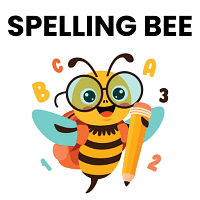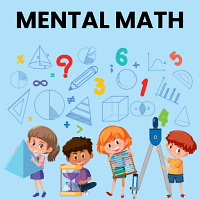Class 3 Exam > Class 3 Questions > What is a deforestation.?
Start Learning for Free
What is a deforestation.?
Most Upvoted Answer
What is a deforestation.?
- Deforestation
Deforestation is the process of clearing or removing forests or trees from a land area. It is usually done to make space for agriculture, urbanization, or other development projects. Deforestation can have significant negative impacts on the environment, wildlife, and local communities.
- Environmental Impact
Deforestation leads to the loss of biodiversity as many plant and animal species lose their habitats. It also contributes to climate change as trees play a crucial role in absorbing carbon dioxide from the atmosphere. The removal of trees can result in soil erosion, flooding, and changes in local weather patterns.
- Wildlife Impact
Deforestation can have a devastating impact on wildlife, leading to habitat loss and the endangerment or extinction of many species. Animals that rely on forests for food and shelter are particularly vulnerable to deforestation.
- Community Impact
Local communities that depend on forests for their livelihoods, such as indigenous tribes, are adversely affected by deforestation. Their traditional way of life, food sources, and cultural practices are disrupted when forests are cleared.
- Solutions
Efforts to combat deforestation include reforestation, sustainable land management practices, and the protection of existing forests through conservation initiatives. It is essential to raise awareness about the importance of forests and promote responsible land use to mitigate the negative effects of deforestation.
Deforestation is the process of clearing or removing forests or trees from a land area. It is usually done to make space for agriculture, urbanization, or other development projects. Deforestation can have significant negative impacts on the environment, wildlife, and local communities.
- Environmental Impact
Deforestation leads to the loss of biodiversity as many plant and animal species lose their habitats. It also contributes to climate change as trees play a crucial role in absorbing carbon dioxide from the atmosphere. The removal of trees can result in soil erosion, flooding, and changes in local weather patterns.
- Wildlife Impact
Deforestation can have a devastating impact on wildlife, leading to habitat loss and the endangerment or extinction of many species. Animals that rely on forests for food and shelter are particularly vulnerable to deforestation.
- Community Impact
Local communities that depend on forests for their livelihoods, such as indigenous tribes, are adversely affected by deforestation. Their traditional way of life, food sources, and cultural practices are disrupted when forests are cleared.
- Solutions
Efforts to combat deforestation include reforestation, sustainable land management practices, and the protection of existing forests through conservation initiatives. It is essential to raise awareness about the importance of forests and promote responsible land use to mitigate the negative effects of deforestation.
Attention Class 3 Students!
To make sure you are not studying endlessly, EduRev has designed Class 3 study material, with Structured Courses, Videos, & Test Series. Plus get personalized analysis, doubt solving and improvement plans to achieve a great score in Class 3.

|
Explore Courses for Class 3 exam
|

|
What is a deforestation.?
Question Description
What is a deforestation.? for Class 3 2024 is part of Class 3 preparation. The Question and answers have been prepared according to the Class 3 exam syllabus. Information about What is a deforestation.? covers all topics & solutions for Class 3 2024 Exam. Find important definitions, questions, meanings, examples, exercises and tests below for What is a deforestation.?.
What is a deforestation.? for Class 3 2024 is part of Class 3 preparation. The Question and answers have been prepared according to the Class 3 exam syllabus. Information about What is a deforestation.? covers all topics & solutions for Class 3 2024 Exam. Find important definitions, questions, meanings, examples, exercises and tests below for What is a deforestation.?.
Solutions for What is a deforestation.? in English & in Hindi are available as part of our courses for Class 3.
Download more important topics, notes, lectures and mock test series for Class 3 Exam by signing up for free.
Here you can find the meaning of What is a deforestation.? defined & explained in the simplest way possible. Besides giving the explanation of
What is a deforestation.?, a detailed solution for What is a deforestation.? has been provided alongside types of What is a deforestation.? theory, EduRev gives you an
ample number of questions to practice What is a deforestation.? tests, examples and also practice Class 3 tests.

|
Explore Courses for Class 3 exam
|

|
Suggested Free Tests
Signup for Free!
Signup to see your scores go up within 7 days! Learn & Practice with 1000+ FREE Notes, Videos & Tests.























